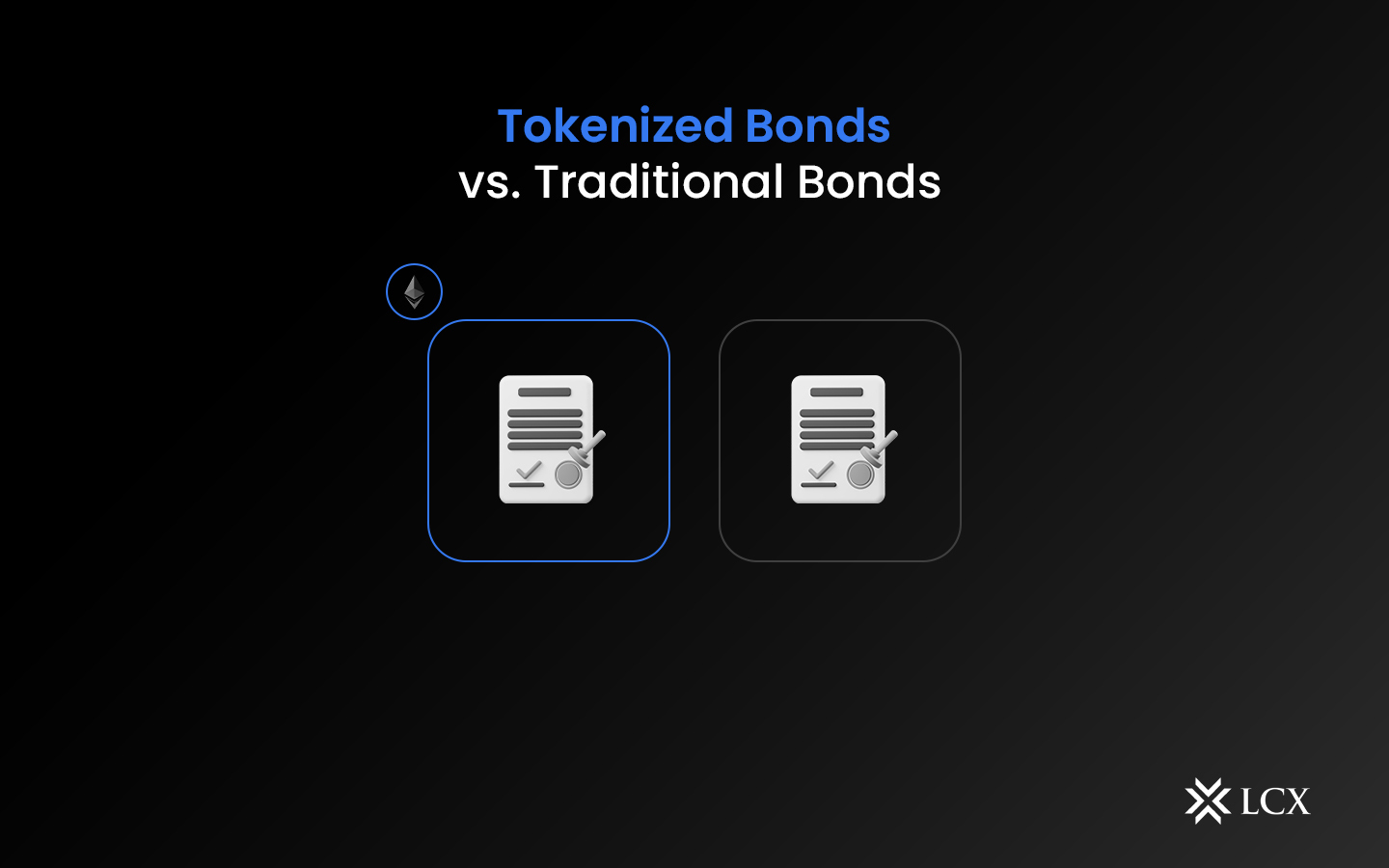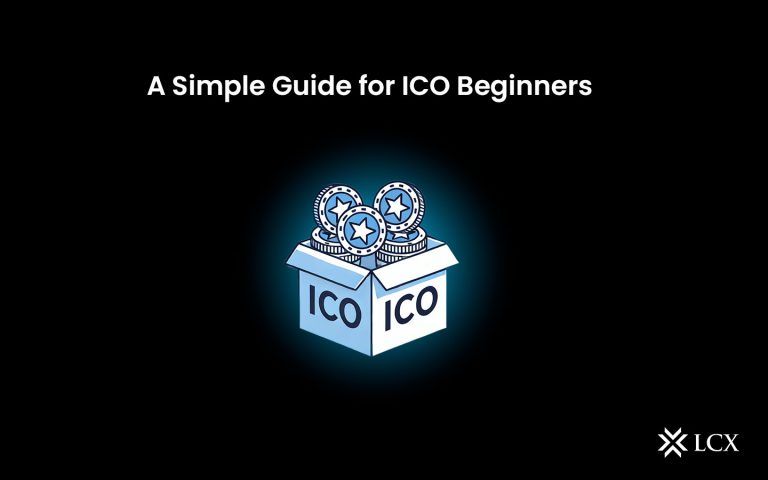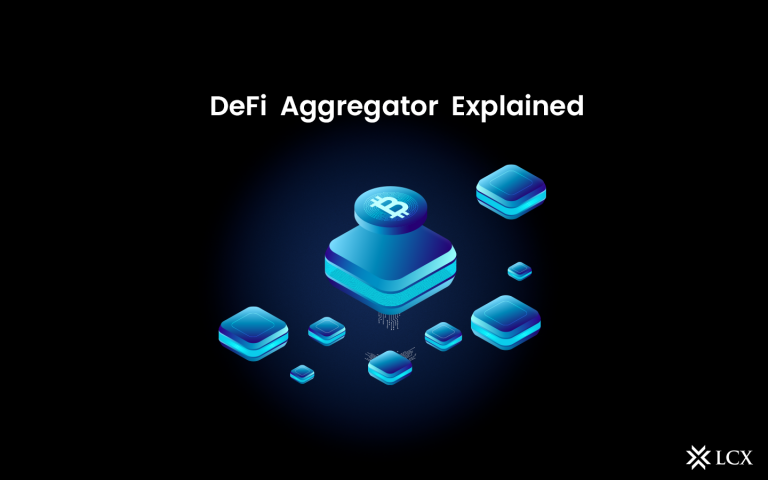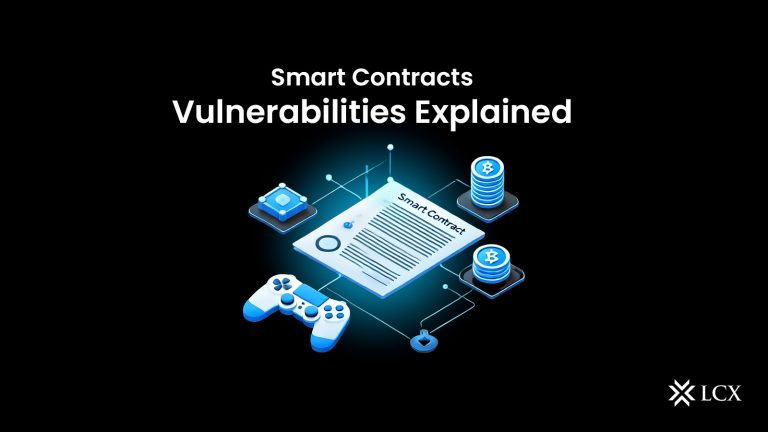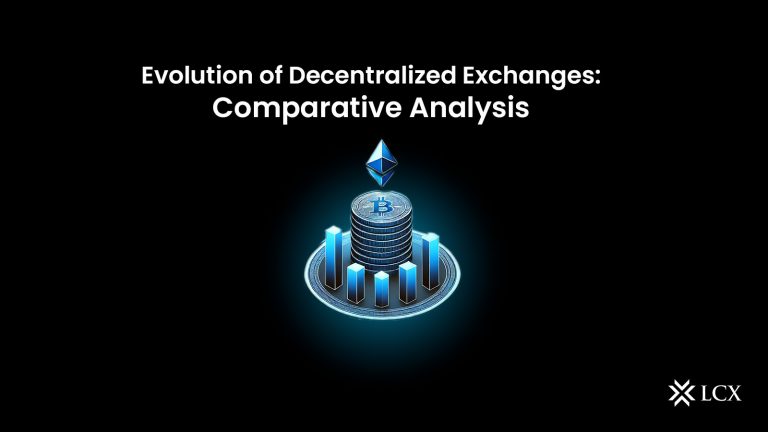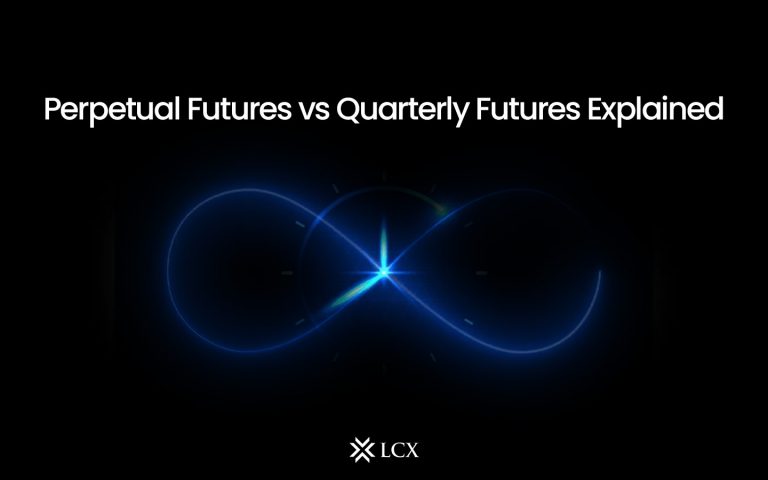The emergence of blockchain technology has given rise to a new form of bond issuance: tokenized bonds. Unlike traditional bonds, which have been the cornerstone of fixed-income investments for centuries, tokenized bonds offer a new way for users to raise capital and for investors to invest in fixed-income securities.
A bond is a fixed-income financial instrument that represents a loan made by an owner to a borrower. Tokenized bonds are representations of ownership in the form of cryptocurrency tokens on a blockchain, governed by smart contracts. They are a novel financial instrument that combines the traditional approach to bond issuance with the benefits of blockchain technology. These bonds can be exchanged, held, and recorded on a blockchain. This new type of bond issuance has the potential to revolutionize the acquisition and sale of securities, resulting in a more cost-effective and accessible market for investors.
Introduction to Traditional Bonds
Traditional bonds are debt securities that are issued by companies, governments, and other entities to raise capital. They typically have a fixed maturity date, and they pay interest to investors at a fixed rate. Unlike tokenized bonds, traditional bonds are traded on exchanges or over-the-counter markets, and they are settled through intermediaries such as banks or brokerages. One of the main advantages, up until now, of traditional bonds is that they are regulated and offer a well-established legal framework for investors. This can provide investors with a greater level of security and transparency, as well as greater confidence in the issuer’s ability to repay the bond at maturity.
Introduction to Tokenized Bonds
Tokenized bonds are a form of digital asset that represents ownership in a specific bond. They are issued on a blockchain, which means that they can be transferred and traded without the need for intermediaries such as banks or brokerages. Tokenized bonds can be denominated in fiat currency or cryptocurrency and offer a range of features such as interest payments, principal repayment, and maturity dates.
The advantages of tokenized bonds are that they can be bought and sold quickly and easily on digital asset exchanges. This makes them highly liquid and accessible to a wider range of investors, including those who may not have access to traditional fixed-income markets. Additionally, tokenized bonds can be programmed with a wide range of features using smart contracts. Smart contracts can also be used to ensure that tokenized bonds are only transferable to authorized investors, which can help prevent fraud and ensure compliance with securities laws.
Differences Between Tokenized Bonds and Traditional Bonds
- Access to liquidity: Tokenized bonds provide investors with easier access to liquidity as they can be traded on blockchain-based platforms, investors can buy and sell them 24/7, without the need for intermediaries. In contrast, traditional bonds are typically traded on secondary markets, which can be less liquid and may require the involvement of intermediaries.
- Enhanced transparency: Tokenized bonds are highly transparent, as all transactions are recorded on the blockchain. This makes it easier for investors to track the ownership of the bond. In contrast, traditional bonds may be less transparent, as they are typically traded on secondary markets and ownership may be more difficult to track.
- Regulations: Tokenized bonds may be subject to regulatory issues, as they are a relatively new form of asset and the regulatory framework is still developing. In contrast, traditional bonds are subject to established regulatory frameworks, which may provide investors with more certainty and protection.
The uncertainty around the regulations of the tokenized bonds has been a slight concern for users, but LCX, with its commitment to regulatory compliance and total transparency, has launched the EURt7 tokenized bond. This is a significant milestone for LCX, as with the regulatory-compliant tokenized bond, LCX is paving the way for new financial opportunities.
EURt7 will provide investors with a one-of-a-kind investment option that blends the benefits of blockchain technology with the safety of conventional bonds. The EURt7 tokenized bond has been endorsed by the regulator in Liechtenstein and has been passported across 29 additional European countries. By adding LCX EURt7 to the portfolios, investors can earn 7% on their Euro with LCX’s authorized bond offering. To invest, they need to:
- Have a verified account on LCX.com
- Invest at least 1,000 EUR, with a maximum of 10,000 users
- Invest in a limited offering of €10 million until sold out
- Be a resident of the European Economic Area (EEA)
- The offering will launch on March 1, 2023.
Learn more at www.LCX.com/EURt7/
Final Thoughts
In conclusion, tokenized bonds offer several advantages over traditional bonds. The use of blockchain technology and smart contracts allows for faster settlement times, increased transparency, and reduced transaction costs. Tokenized bonds have the potential to revolutionize the bond market, making it more accessible and efficient for a wider range of investors. As blockchain technology continues to evolve and regulatory frameworks become more established, we may see a significant shift towards the use of tokenized bonds in the years to come.
